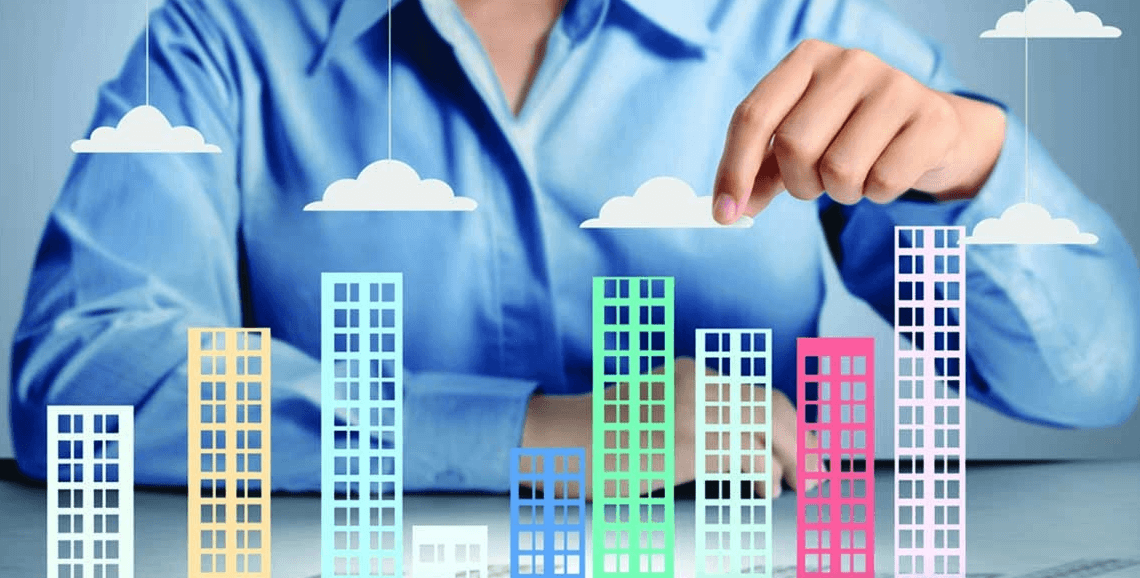Introduction
Lifestyle developers are redefining the real estate industry by focusing on more than just the physical aspects of housing. Their projects are designed to reflect the way people live, work, and interact, creating communities that align with evolving preferences and aspirations. By prioritizing comfort, convenience, and personal well-being, lifestyle developers craft environments that seamlessly blend functionality with experiences, ensuring residents enjoy a holistic way of life.
The philosophy of lifestyle development is rooted in the understanding that homes are not isolated spaces but parts of larger ecosystems. Lifestyle developers carefully plan communities with amenities and features that cater to daily routines and aspirations, such as wellness centers, co-working hubs, recreational parks, and retail conveniences. These elements allow residents to balance professional, personal, and social needs without leaving their neighborhood.
Well-being is central to the vision of lifestyle developers. Projects often include fitness facilities, walking trails, meditation zones, and spa-inspired spaces that encourage healthy living. Green landscapes, open-air plazas, and sustainable designs add an atmosphere of calm and renewal, ensuring that residents enjoy both physical and mental wellness as part of their daily experience.
Social connection is another hallmark of lifestyle-oriented developments. Developers design gathering spaces, event areas, and community lounges where neighbors can build relationships and share experiences. By prioritizing interaction, they foster a sense of belonging and community spirit, which enhances the quality of life for all residents.
Technology also plays a key role in lifestyle-focused communities. Smart home features, high-speed connectivity, and integrated digital services support modern convenience, while eco-friendly systems such as energy-efficient appliances and solar solutions reflect a growing demand for sustainability. These innovations ensure that lifestyle developments remain future-ready while catering to present needs.
From an investment perspective, lifestyle developments offer strong value. Buyers and renters are increasingly attracted to homes that provide more than shelter—they seek experiences that align with their aspirations. Properties within lifestyle-oriented communities often hold greater long-term appeal, as they represent a balance between modern amenities, sustainable practices, and personal fulfillment.
Conclusion
Lifestyle developers are visionaries who understand that real estate is about more than buildings—it’s about creating experiences. By integrating wellness, convenience, technology, and community into their projects, they shape environments where people can thrive in every aspect of life. As preferences continue to evolve, lifestyle developers will remain at the forefront of crafting communities that embody the essence of modern living.




